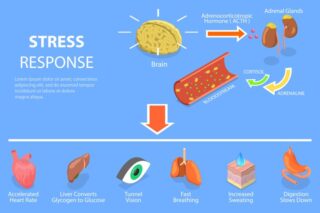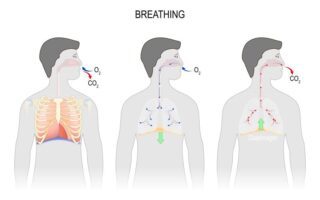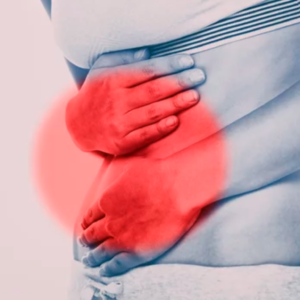Different types of headaches and when to seek medical attention

Occasional headaches are extremely common and typically benign. Chronic headaches are less common and sometimes hard to diagnose. Finding patterns in chronic headaches can provide clues to the cause of the pain. Keeping a headache diary might help determine your headache type. Note when they occur, your symptoms, and potential triggers, such as food, stress or changes in sleep (Mayo Clinic)
- Tension-type headaches: The most common variety of headaches, might be felt as a tight band of pain around your head, a dull ache or pressure on both sides of the head. May occur more than 15 days a month (chronic).
- Cluster headaches: Severe pain on one side of the head and occur off and on for weeks over the course of a few months. Cluster headaches are associated with one or more signs and symptoms, such as tearing, nasal congestion, and nasal discharge. These occur on the same side as the pain.
- Migraines: Another common type of headache. They affect three times more women than men.
The pain is moderate to severe, pulsatile, accompanied by nausea, vomiting, or increased sensitivity to light or sound. Affect only one side of your head but can affect both sides. Worsen with activity such as climbing steps. Last from four to 72 hours without treatment
Seek emergency care if you have:
- A very severe, sudden headache
- Headache after a head injury or fall
- Fever, stiff neck, rash, confusion, seizure, double vision, weakness, numbness or difficulty speaking
- Pain that worsens despite treatment

This article reviewed by Dr. Jim Liu, MD and Ms. Deb Dooley, APRN.
There’s nothing more important than our good health – that’s our principal capital asset.
#medical #telehealth #umedoc










